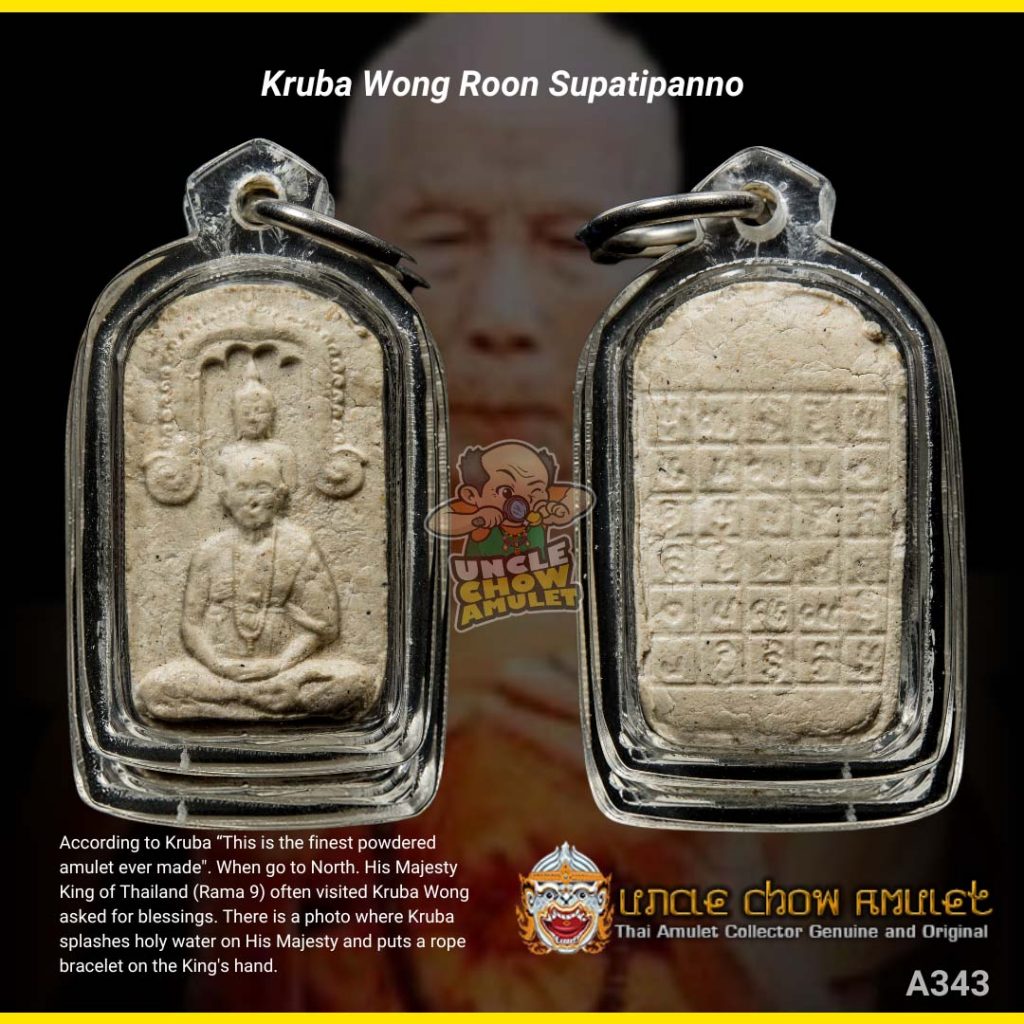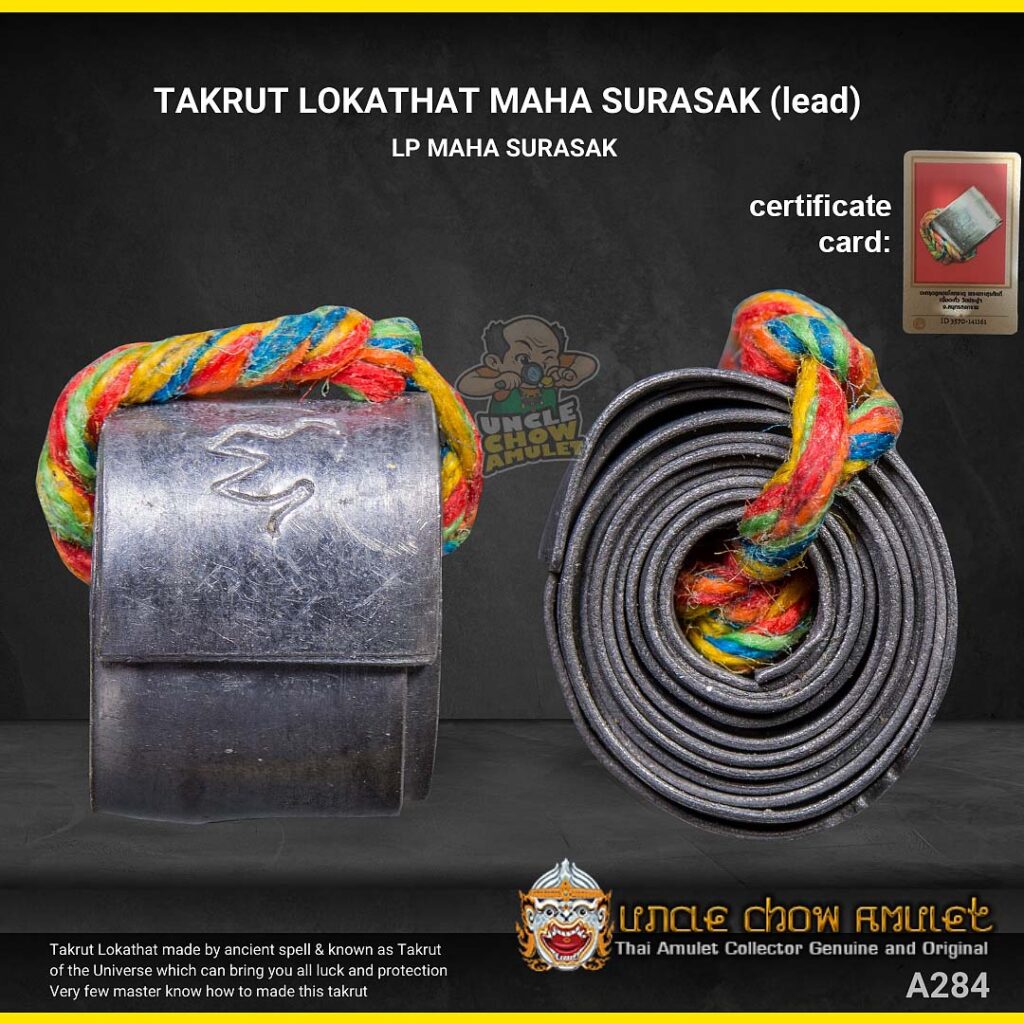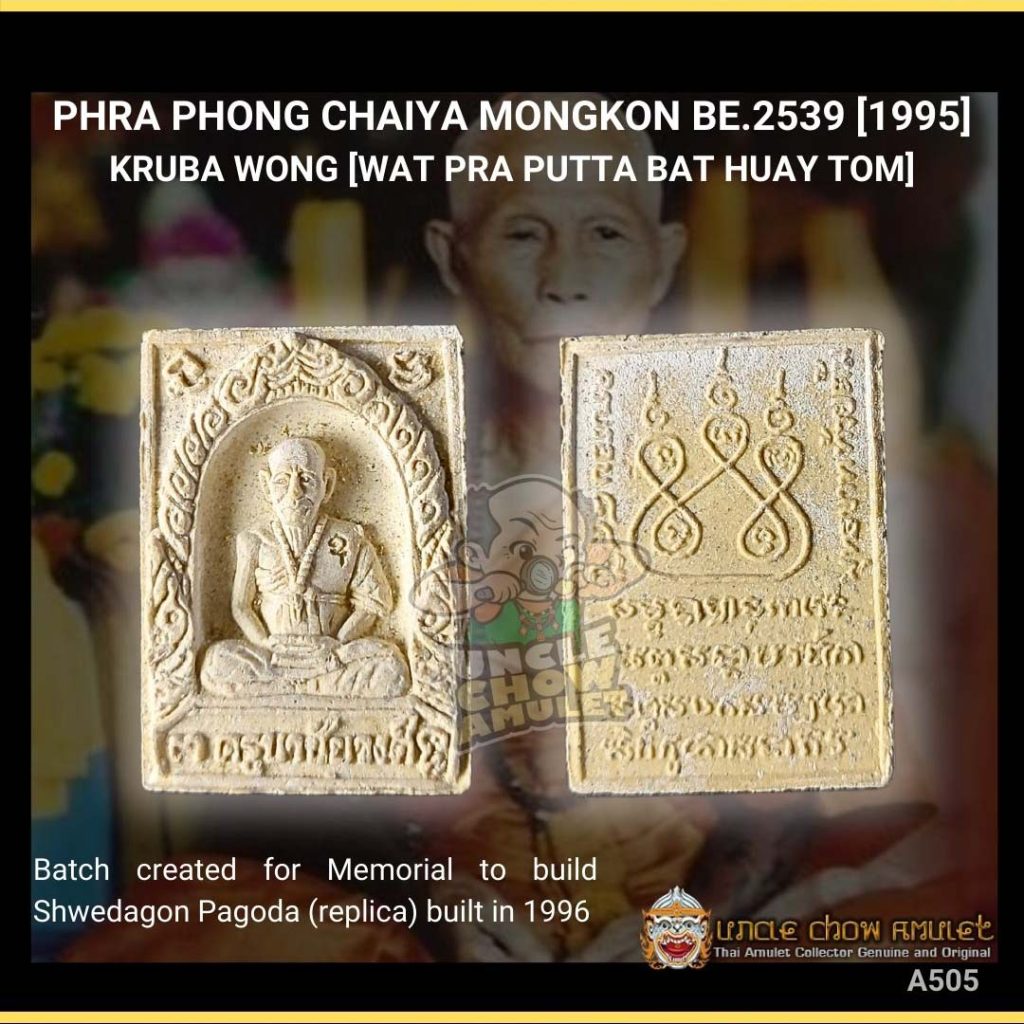Welcome to our store Uncle Chow Amulet Gallery
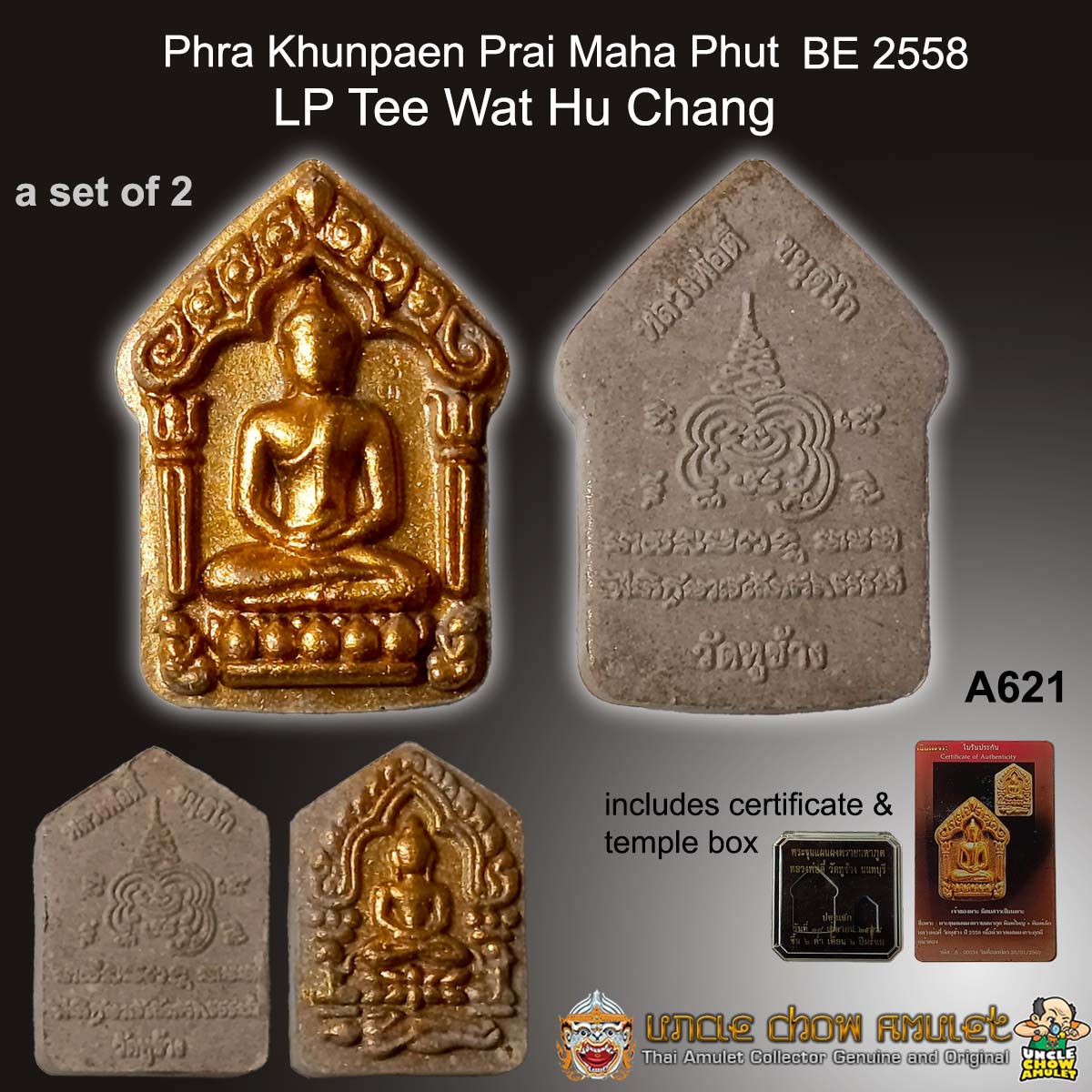
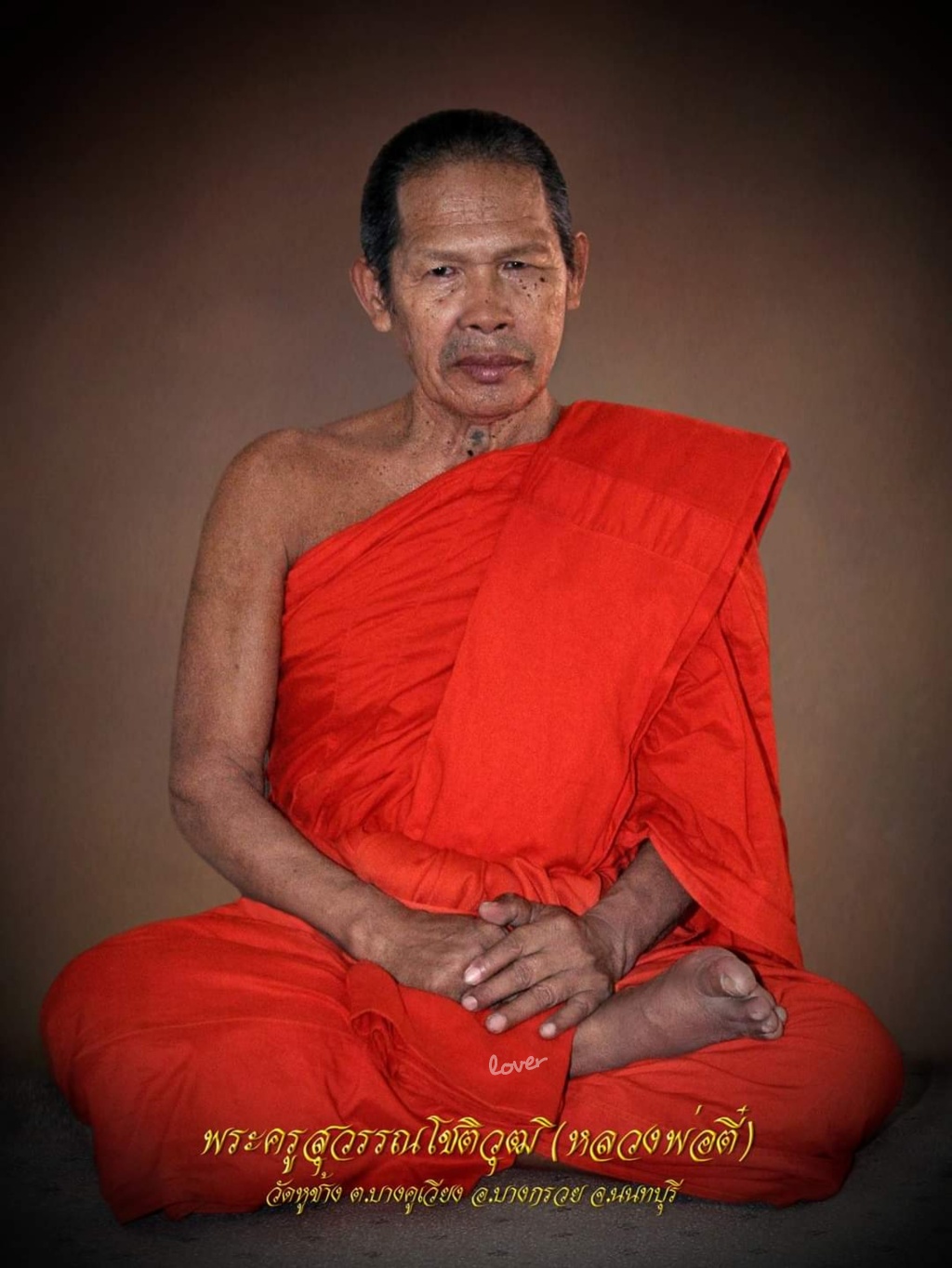
Uncle Chow Amulet
Phra Khunpaen Prai Maha Phut – LP Tee Wat Hu Chang
Sold Out
code: A621 Master: LP Tee (Phra Khru Suwannachotiwut) Temple: Wat Hu Chang, Nonthaburi Province. Year: BE 2558 (2015) A set of 2 (phim Yai and…
Category : Khunpaen, LP Tee Wat Hu Chang
Share :
Product Details
code: A621
Master: LP Tee (Phra Khru Suwannachotiwut)
Temple: Wat Hu Chang, Nonthaburi Province.
Year: BE 2558 (2015)
A set of 2 (phim Yai and phim Lek), with a Certificate and Temple Box.
Wat Hu Chang is an ancient temple located in Bang Khu Wiang Subdistrict, Bang Kruai District, Nonthaburi Province. From the remaining evidence, such as the temple and pagoda, it is assumed that it was built around the Ayutthaya period.
Luang Por Tee of Wat Hu Chang is a renowned monk in Nonthaburi Province. He is known for his compassion and exemplary conduct. Luang Por Tee is a prominent monk who has continued the tradition of crafting the famous Palad Khik amulets, following in the footsteps of Luang Por Kee, the former abbot of Wat Hu Chang, who was his teacher. Today, his Palad Khik amulets are highly sought after by those who have faith in Luang Por Tee. He is also one of the revered monks of this era known for his mystical powers and participated in the consecration of the first series of King Taksin the Great coins at Wat Arun in 2015, as well as the Thonburi series.
Luang Por Tee, originally named Thongbai Mek-it, is the only son of the Mek-it family. He was ordained as a monk in 1958 and devoted himself to serving Luang Por Kee, who was both his mentor and his uncle. During his time caring for Luang Por Kee, Luang Por Tee also learned the art of creating the Palad Khik amulets from him. It is said that when Luang Por Tee was learning to inscribe the sacred symbols, Luang Por Kee would hold his hand to guide him.
Luang Por Tee assisted Luang Por Kee in inscribing takrut amulets, bia kae (cowrie shell amulets), and Palad Khik while Luang Por Kee was still alive. For the bia kae, the main incantations included “Closing the Nine Orifices” and “Thetorunto,” while for the Palad Khik, the essential chant taught by Luang Por Kee was: “Ma A U Na La Ka Lang Cha Bha Ga Sa Chit Tang Phut Thi So Chit Tang Phut Thi Me.” Luang Por Kee would personally inscribe “Na Mo Phut Tha Ya I Ka Wi Ti” in his handwriting.
Luang Por Tee became the abbot of Wat Hu Chang following the passing of Luang Por Kee, who passed away on June 10, 1979.
Materials of making this amulet:
- Ashes from seven cremation pyres (ashes from the bones of the deceased from seven temples)
- Holy Material
- Shroud
- Prai Guman powder (children bone ash)
- Seven Holy Leaves
- Metallic Pagodas Containing Bone Ash of People in Authority
- Pieces of Phra Somdej Bang Khun Phrom Amulet
- Fragments of powder amulets from Wat Sam Pluem
- Pieces of Buddha Amulet from Wat Traimit, Bangkok
- Bone-powder amulets from Wat Pho
- Phra Thung Setthi amulets
- Maha Phut Powder of LP Kee, Wat Hu Chang, Nonthaburi province
- etc.
Phra Khun Paen Prai Maha Phoot amulet by LP Tee Wat Hu Chang is very well known in Thailand and abroad because worshippers will get extreme luck, wealth, and good business. Moreover, these amulets can make worshipers more charming, get more kindness, and Metta.
